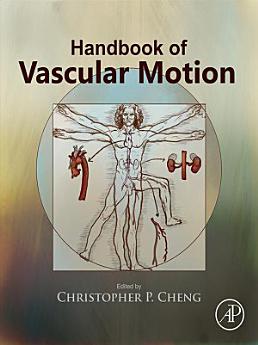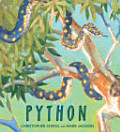Handbook of Vascular Motion
Christopher Cheng
Jun 2019 · Academic Press
E-Book
410
Seiten
family_home
Zulässig
info
reportBewertungen und Rezensionen werden nicht geprüft Weitere Informationen
Über dieses E-Book
Handbook of Vascular Motion provides a comprehensive review of the strategies and methods to quantify vascular motion and deformations relevant for cardiovascular device design and mechanical durability evaluation. It also explains the current state of knowledge of vascular beds that are particularly important for the medical device industry. Finally, it explores the application of vascular motion to computational simulations, benchtop testing and fatigue analysis, as well as further implications on clinical outcomes, product development and business. - PROSE Book Award Nominee in the "Single Volume Reference Book" category - Describes methods to quantify vascular motion and deformations including choosing what data to collect, relevant medical imaging, image processing, geometric modeling, and deformation quantification techniques - Includes deformations for vascular beds of particular importance in medical devices including the coronary arteries and heart, arteries of the head and neck, thoracic aorta and arch branches, abdominal aorta and visceral branches, lower extremity arteries, inferior vena cava, and lower extremity veins - Explains how to convert raw deformations into boundary conditions suitable for durability evaluation, provides examples of using this information for computational simulations, benchtop testing, and fatigue analysis, and illustrates examples of how vascular motion affect clinical outcomes, product development, and business
Autoren-Profil
Dr. Christopher Cheng has over 20 years of experience in academic research and the medical device industry. His academic research has focused on hemodynamics and vascular structure mechanics, with an emphasis on disease research and medical device interactions with the body. He has authored over 80 journal, conference, and book chapter publications. In his industry experience, Dr. Cheng has worked at small and large medical device companies, with experience spanning design, manufacturing, preclinical testing, clinical trials, and marketing. Currently, Dr. Cheng is CEO of Koli, Inc., an early-stage medical device company developing a catheter-based solution for gallstone disease. Dr. Cheng is also an Adjunct Professor in the Division of Vascular Surgery at Stanford, where he runs the Vascular Intervention Biomechanics & Engineering (VIBE) lab. Dr. Cheng earned his undergraduate degree in Biomedical Engineering and Electrical & Computer Engineering at Duke University. He then earned Master's and Ph.D. degrees in Biomechanics at Stanford University.
Dieses E-Book bewerten
Deine Meinung ist gefragt!
Informationen zum Lesen
Smartphones und Tablets
Nachdem du die Google Play Bücher App für Android und iPad/iPhone installiert hast, wird diese automatisch mit deinem Konto synchronisiert, sodass du auch unterwegs online und offline lesen kannst.
Laptops und Computer
Im Webbrowser auf deinem Computer kannst du dir Hörbucher anhören, die du bei Google Play gekauft hast.
E-Reader und andere Geräte
Wenn du Bücher auf E-Ink-Geräten lesen möchtest, beispielsweise auf einem Kobo eReader, lade eine Datei herunter und übertrage sie auf dein Gerät. Eine ausführliche Anleitung zum Übertragen der Dateien auf unterstützte E-Reader findest du in der Hilfe.






